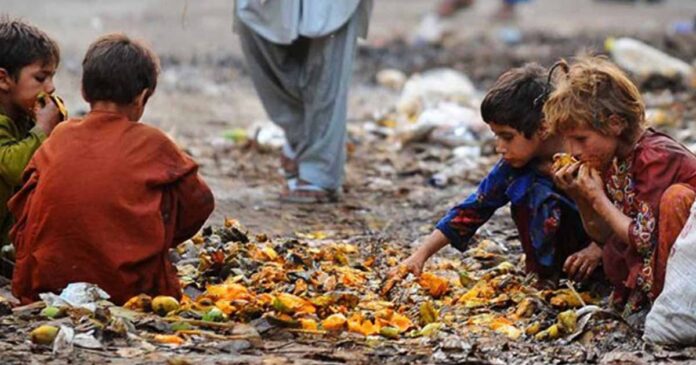The poverty rate in Pakistan reached 25.3% in 2024, a sharp increase of seven percentage points compared to 2023, adding approximately 13 million people to the impoverished population, according to a World Bank report.
The report, titled “Poverty Projections for Pakistan: Nowcasting and Forecasting”, highlights that poor households suffered disproportionately higher welfare losses, pushing them deeper into poverty. It warns that Pakistan’s ability to respond effectively to these challenges is hindered by the absence of updated household survey data since 2019.
The report outlines how a combination of macroeconomic and natural shocks, including Covid-19, devastating floods, and record inflation, reversed the trend of poverty reduction observed post-pandemic. Poverty rose from 21.9% in 2019 to 24.6% during the pandemic’s peak in 2020. A subsequent recovery period saw poverty decline to 17.1% in 2022.
However, the economic crises and infrastructure destruction caused by floods in 2023, coupled with skyrocketing inflation, drove poverty levels back up to 25.3%. The analysis forecasts a potential decline in poverty to 18.7% by 2025 as the economy stabilizes.
The report notes that labour income has historically been a critical factor in reducing poverty, as individuals transitioned to better-paying jobs during stable periods. However, during economic shocks, informal employment served as a buffer, preventing unemployment but pushing people into low-productivity and low-wage activities.
The findings underscore the vulnerability of Pakistani households to economic shocks and the urgent need for targeted responses. The lack of updated household survey data poses significant challenges to accurately assess the impacts of these shocks and formulate effective poverty alleviation measures.
The World Bank emphasized the utility of leveraging various economic data sources to better understand the current poverty situation and ensure timely interventions.
























